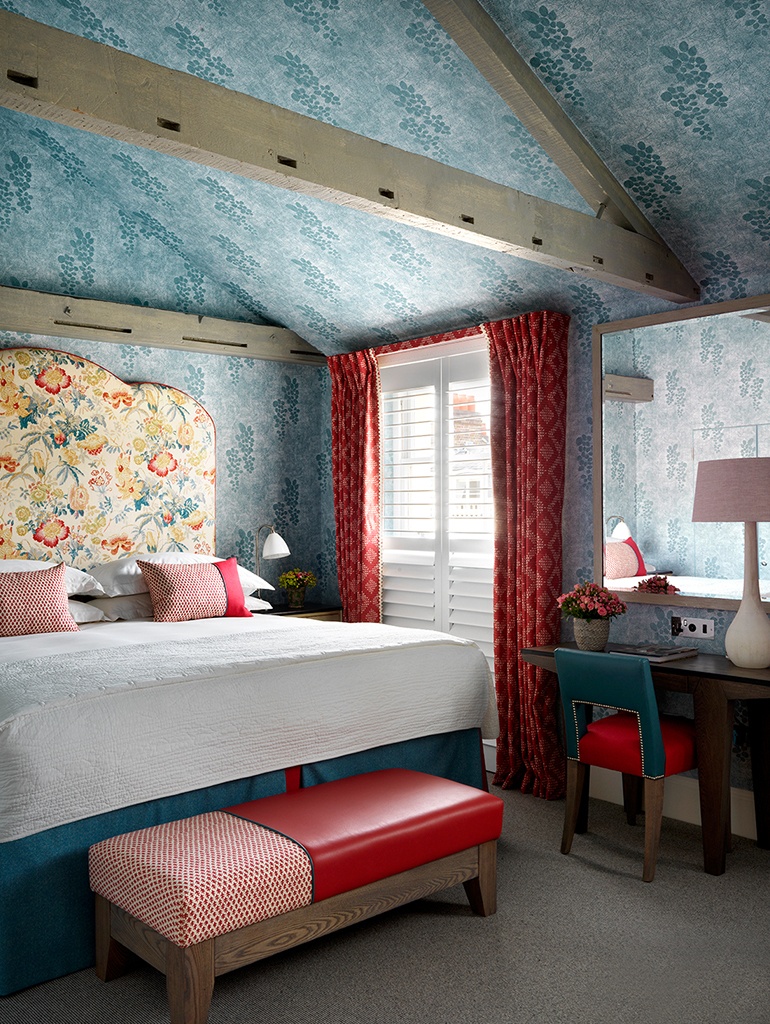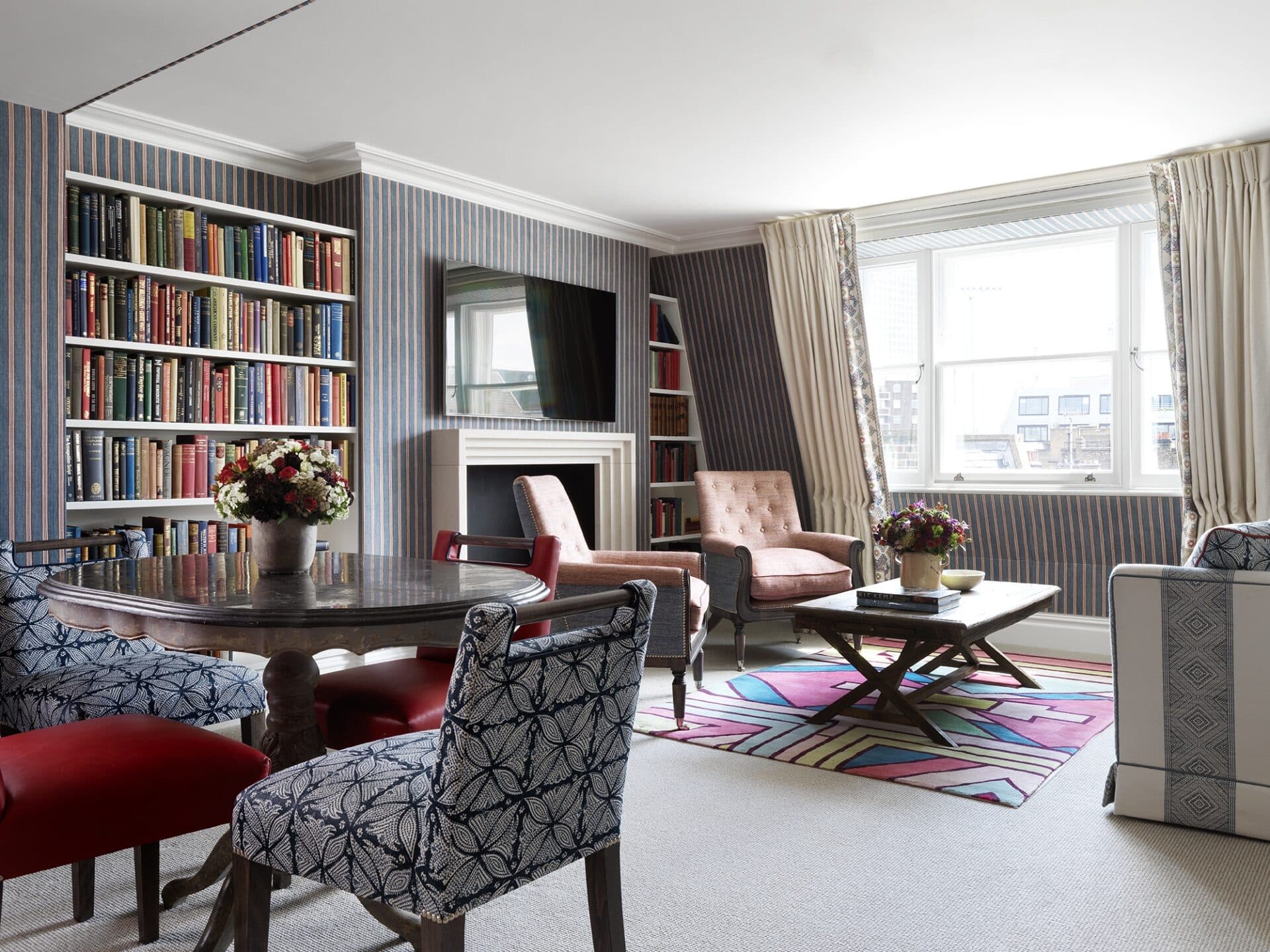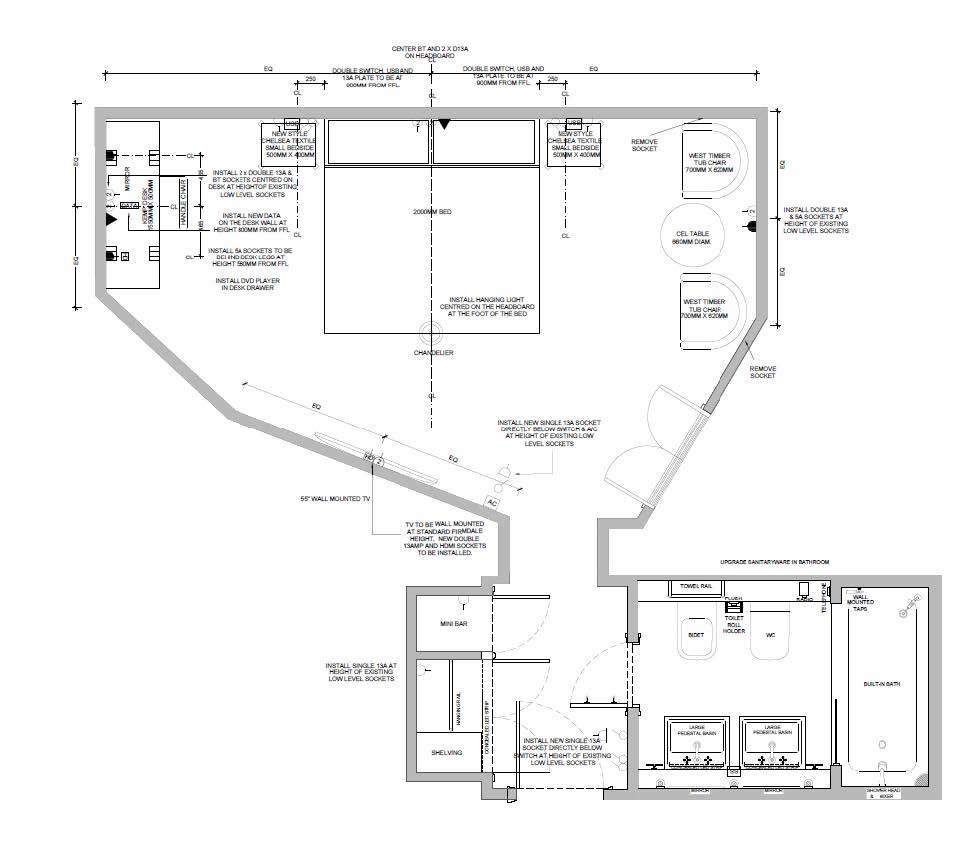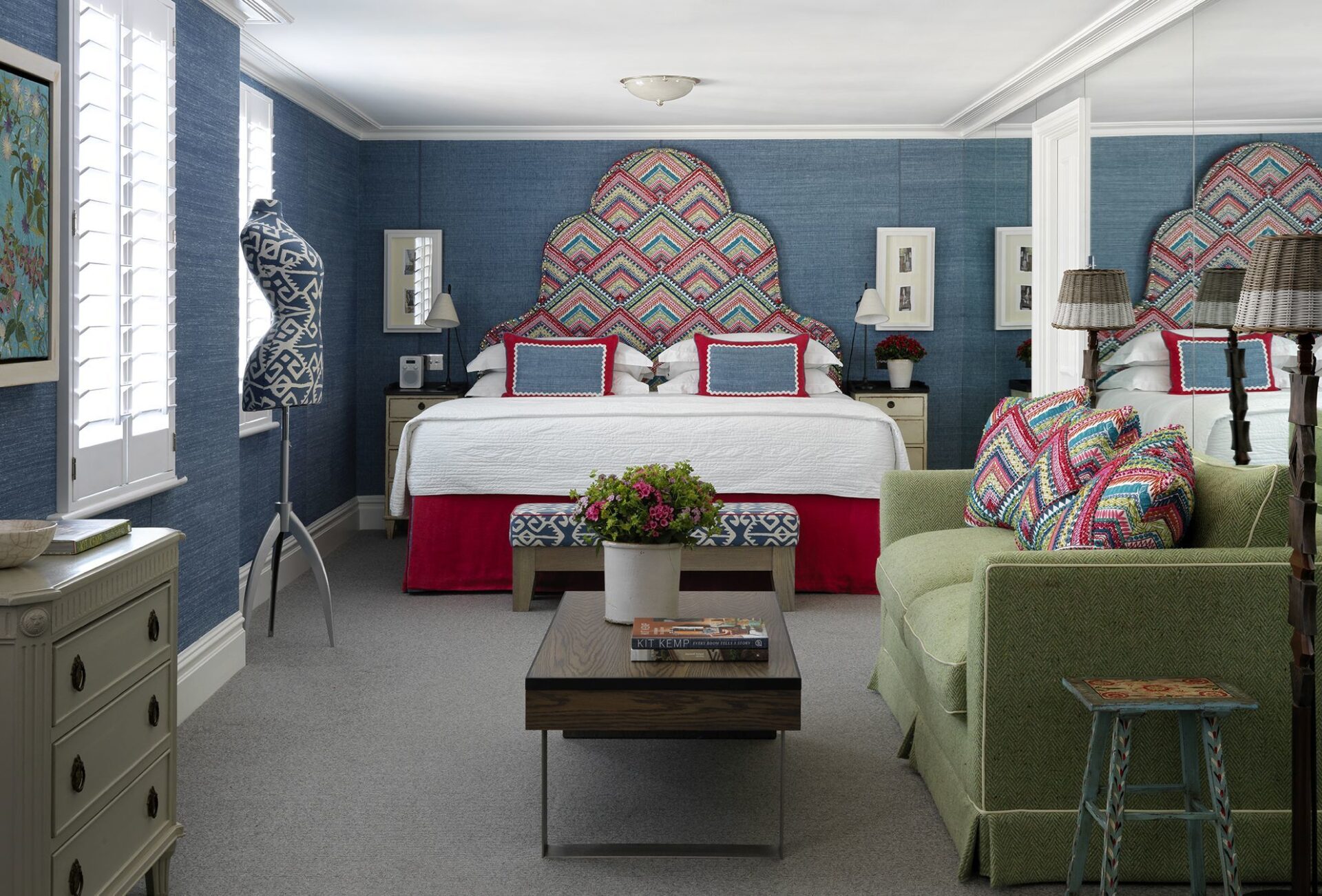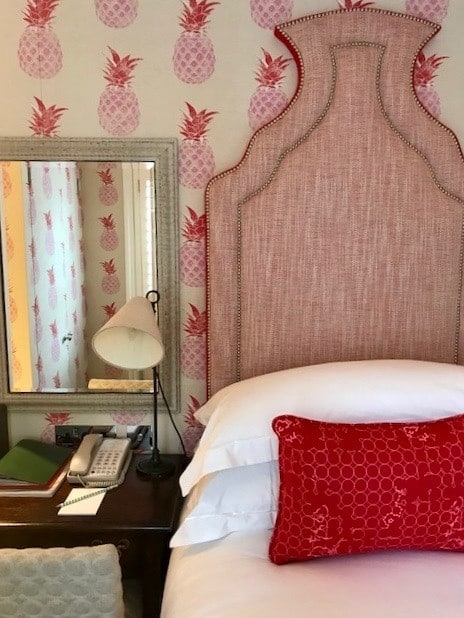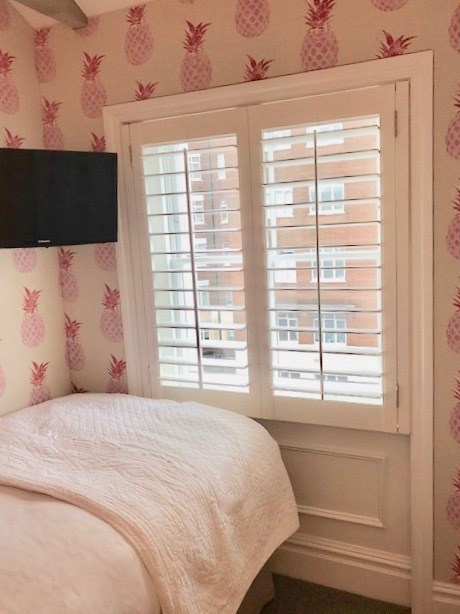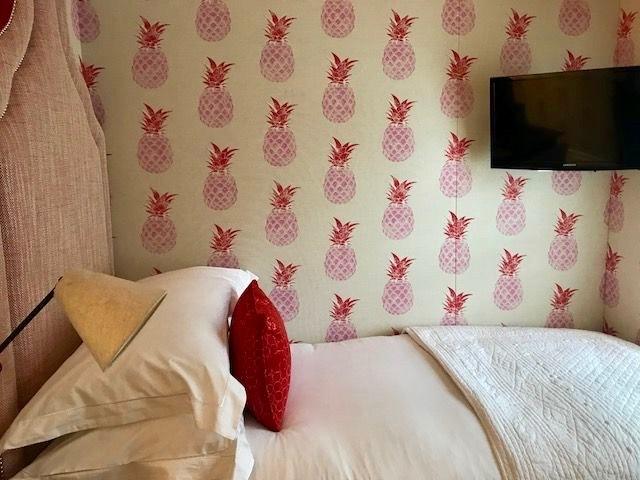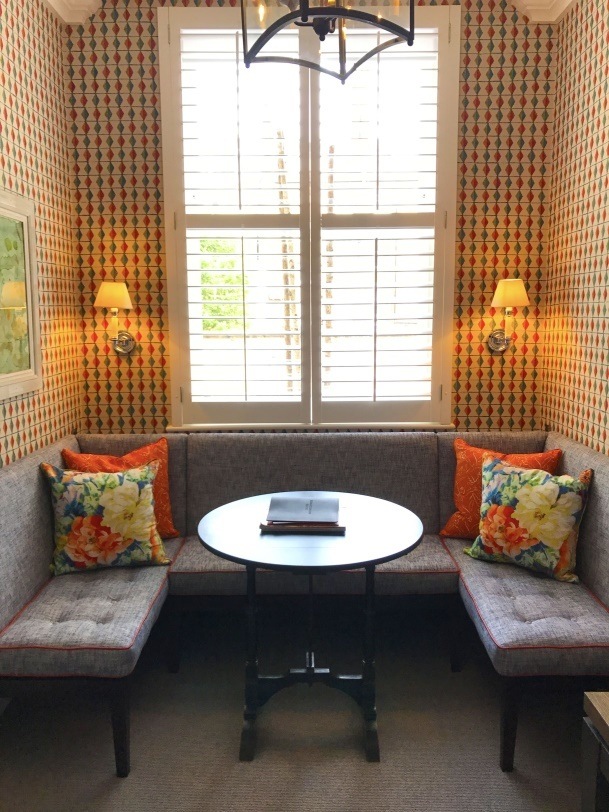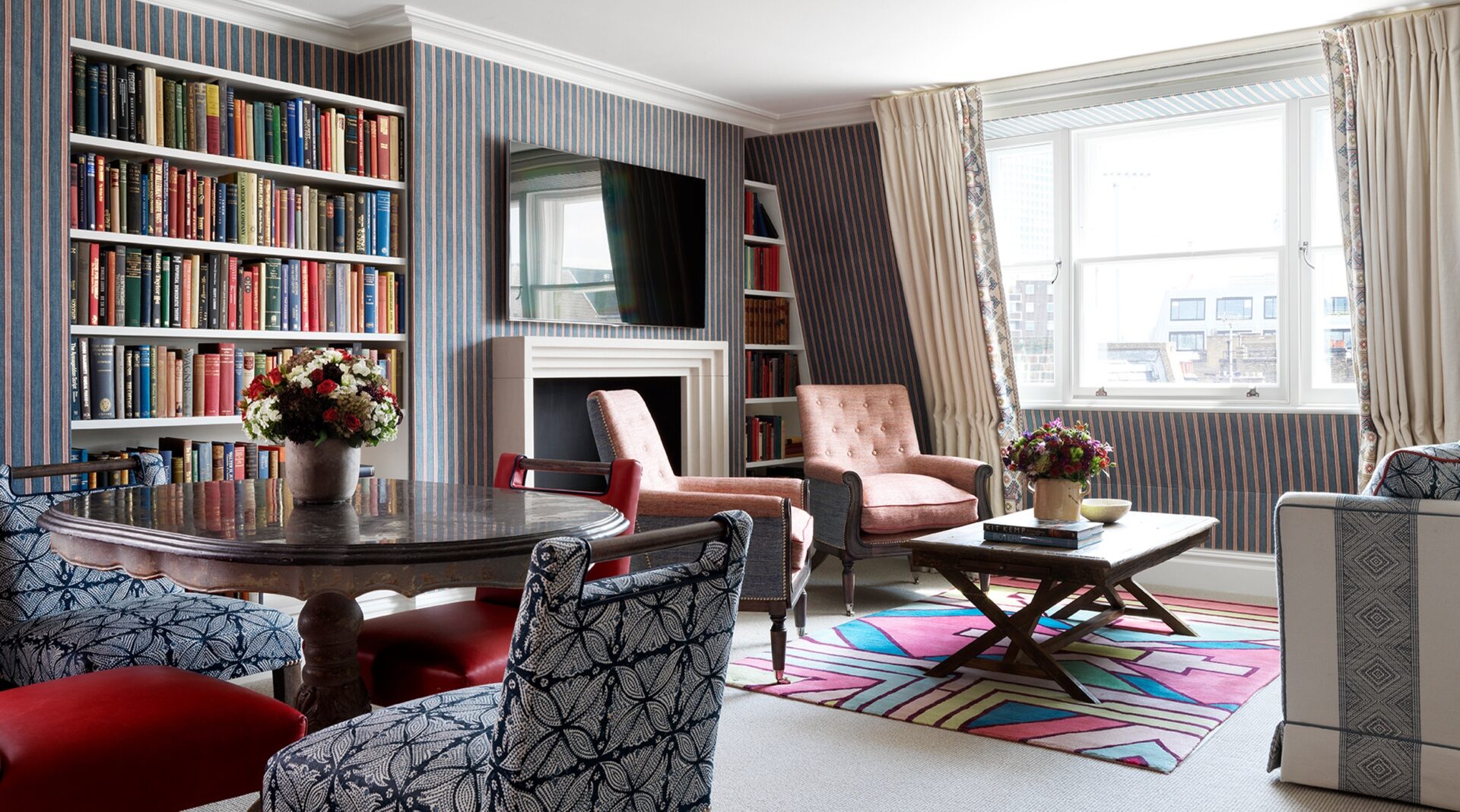
How to Transform an Awkward Space: Our Dos and Don’ts
How ToMany rooms are not a perfect rectangle or square, with four walls at 90 degree angles. Sometimes, we are confronted with sloping ceilings and walls going in every direction. This can be a daunting task when redecorating, however, do not fret! Read on to discover our dos and don’ts to transform an awkward room...
Many rooms are not a perfect rectangle or square, with four walls at 90 degree angles. Sometimes, we are confronted with sloping ceilings and walls going in every direction. This can be a daunting task when redecorating, however, do not fret! There are plenty of ways you can get the most out of a room, even with the most difficult shape. Read on to discover our dos and don’ts to transform an awkward room.
1. Don’t be afraid to make the most of the eaves and slanted ceilings
Dealing with attic rooms with slanting ceilings can be a design challenge. Our number one trick is to use a lively wallpaper which covers the walls and the ceiling. This unifies the space and pulls the room together. By wallpapering the ceiling, the eye is naturally drawn to the highest point, which enhances the feeling of light and space.
2. Do use do use a vertical stripe on the walls in rooms with lower ceilings
For rooms with lower ceilings, a vertical stripe on the walls will add height to the space. In this suite at Charlotte Street Hotel, we have upholstered the walls in Robert Kime’s ‘Antique Ticking Stripe’. The vertical line creates the illusion of height making the room appear taller.
Our focal point in this bedroom was the bed and the headboard. Placing furniture around this then became obvious. The shortest wall was the perfect fit for a small desk. We placed an Indian mirror above the desk, which reflects the natural light from the window diagonally opposite.
3. Don’t shy away from walls that don’t have 90 degree angles
Covent Garden Hotel is an old building dating back the 1890s, so there are several rooms that are more awkward than others. As you can see in the plan below, in this room we had the challenge of working around a quirky shape. The first step is to find the focal point of the room, whether it is the bed or a piece of art and then you can design around that focus.
4. Do use mirrors in strategic places
Mirrors are always useful when a room is lacking natural light, they can enhance any space. If you want to make a small room feel more spacious, installing a mirrored wall in a strategic area such as opposite a window or on the longest wall, will add depth to the space.
In this bedroom at Knightsbridge Hotel, we installed a mirrored wall opposite the windows which enhances both the light and sense of space. We did not use curtains in this room because we felt it would accentuate the narrow dimensions. Instead we used wide louvered shutters.
The wall mounted TV is another clever way to save space. Although this is our smallest bedroom, it is still one of our favourites!
5. Don’t discard small proportioned spaces
Small spaces are often abandoned or turned into storage rooms. Don’t do it! Make the most of these spaces. In this delightful single bedroom at Number Sixteen, we have saved every inch of space by using shutters on the windows instead of curtains, which leaves more room on either side of the window area.
6. Do consider banquette seating
Banquette seating is a wonderful design trick for space-saving. In room 107 at the Knightsbridge Hotel, we designed a banquette seating area next to the window. We decided it was a more neat and stylish way of making the most of the space instead of installing a bulky sofa.
No room is ever perfect, but an unusual shaped space can encourage designers to get creative and think outside the box.

